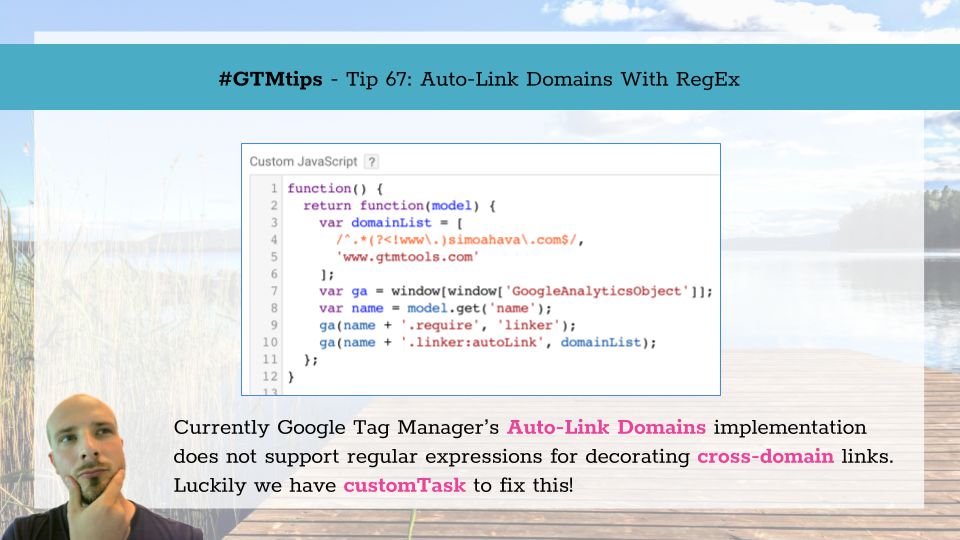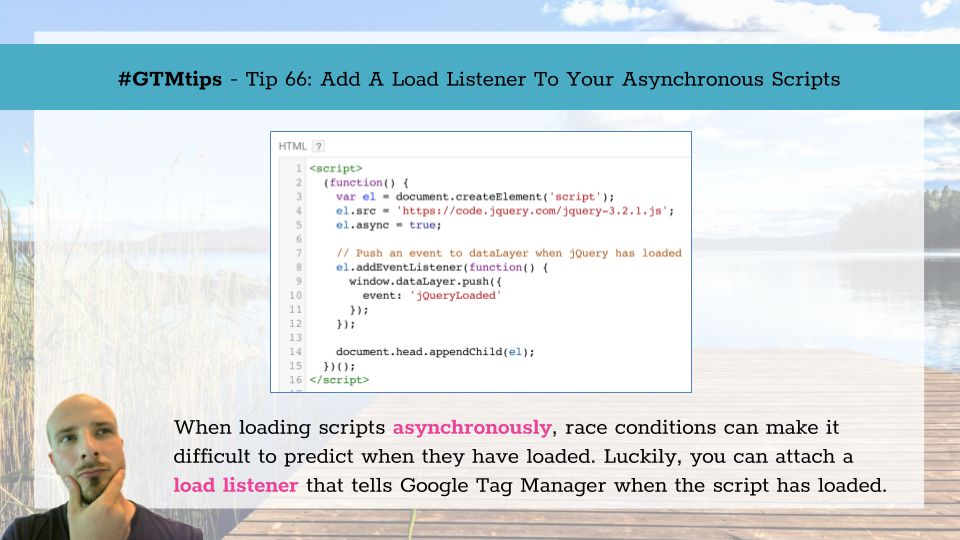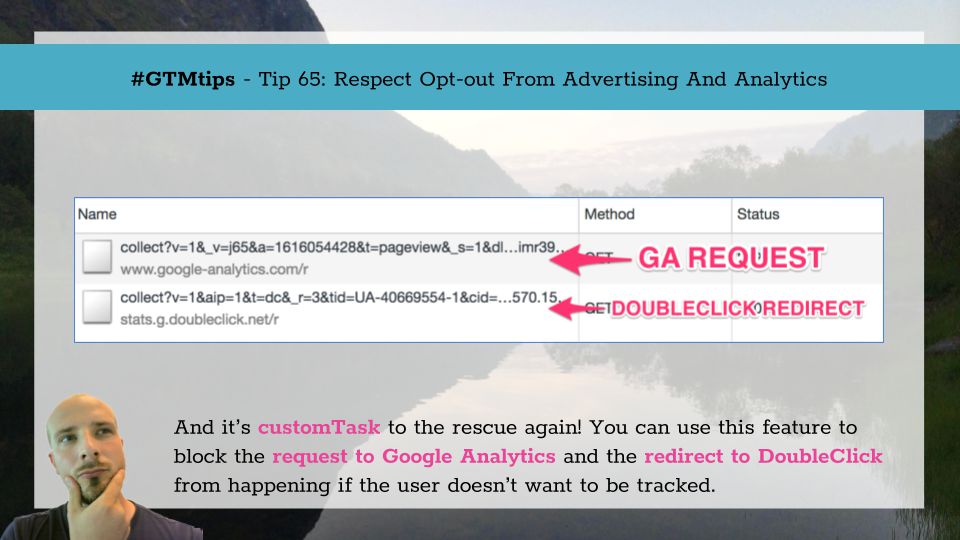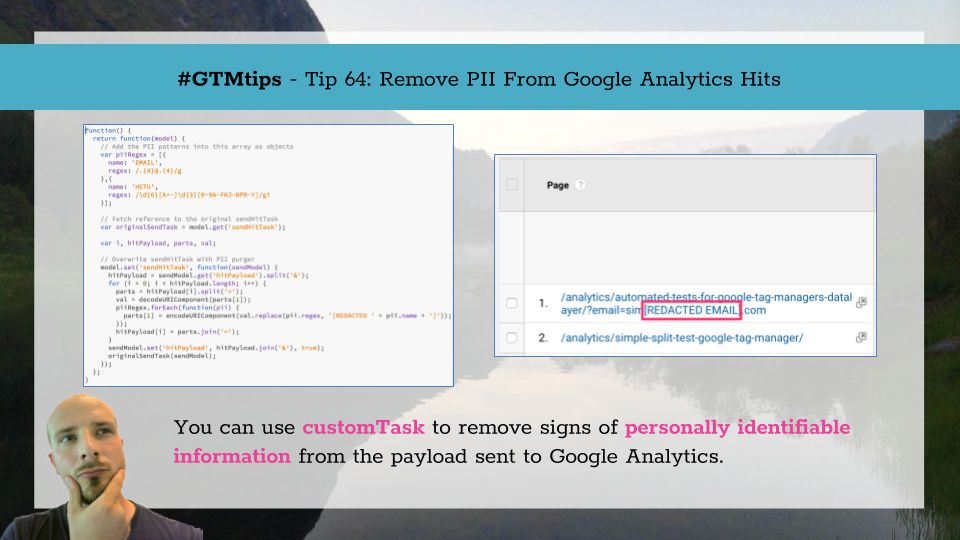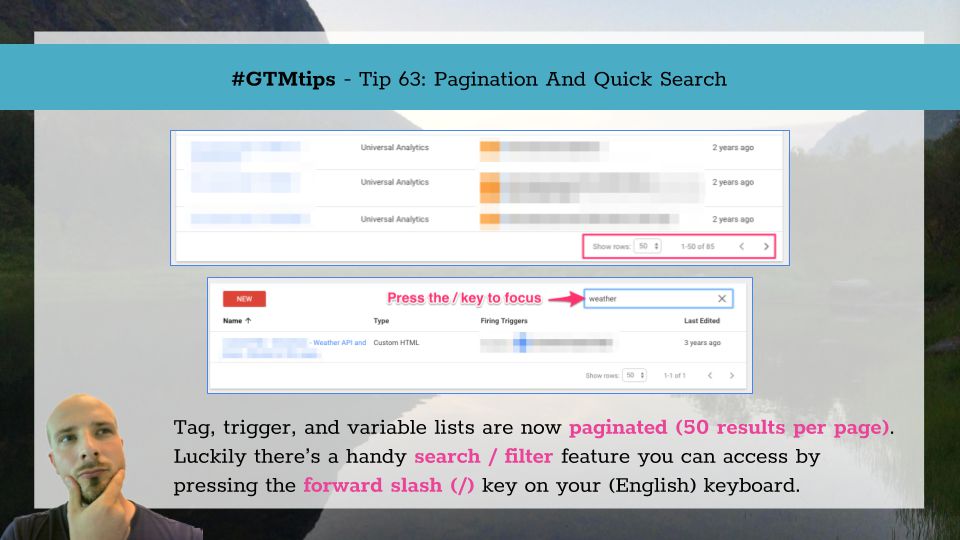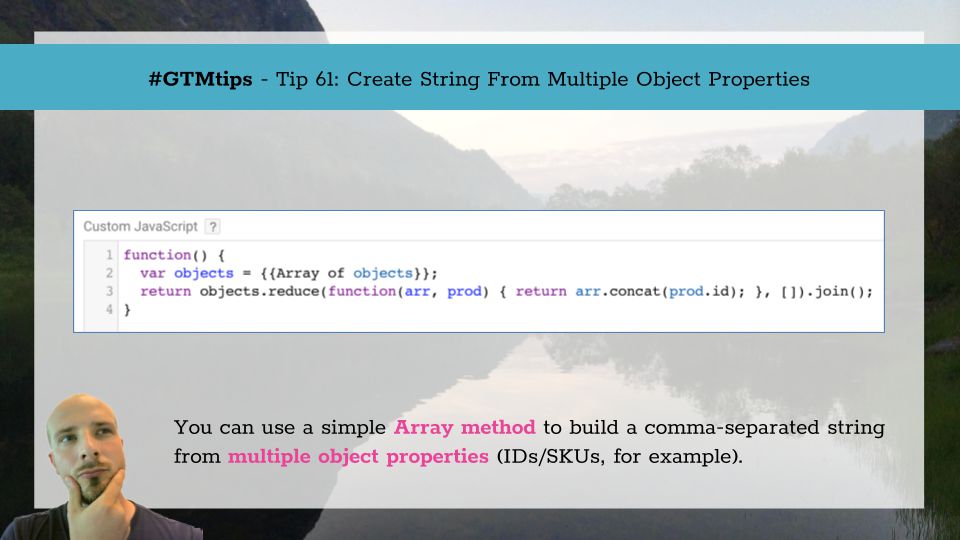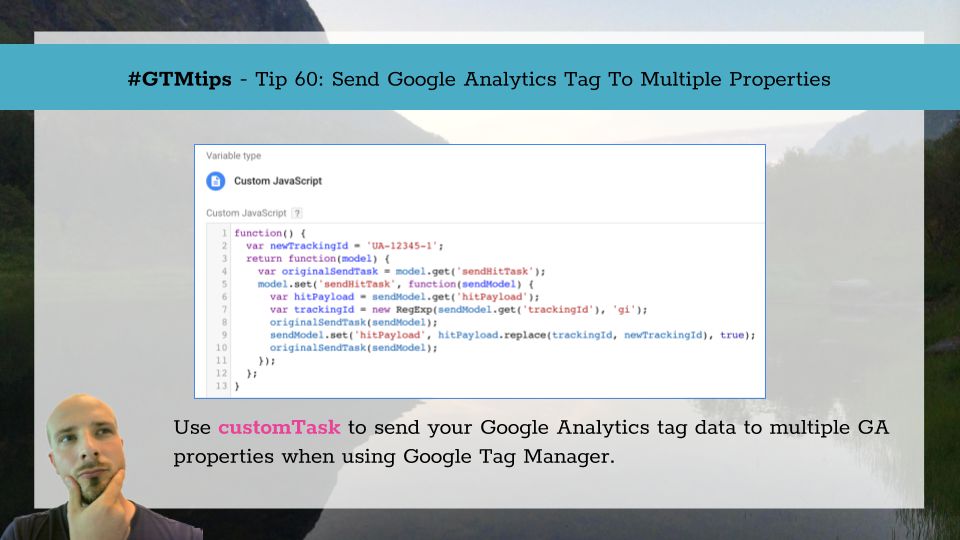Update 5 March 2019 due to GTM not supporting negative lookbehinds any more.
Google Tag Manager makes it fairly easy to do cross-domain tracking. Basically, you list the hostnames you want to automatically decorate with linker parameters in the Auto-Link Domains field of your Page View tag, and that takes care of decorating the URLs with the necessary parameter. It’s dead easy, even if there are a bunch of traps you need to watch out for (see my post on troubleshooting cross-domain tracking issues).
